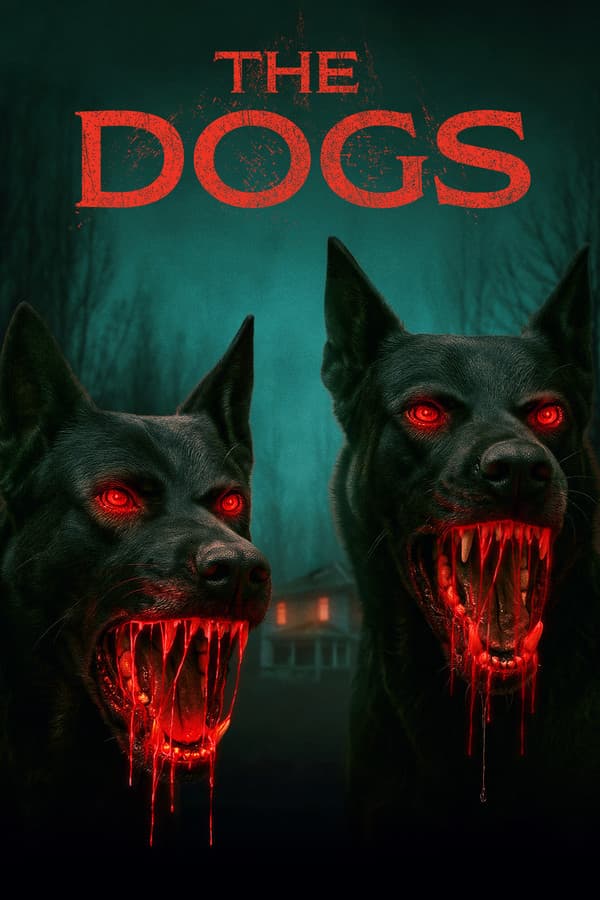
The Dogs
2025 • Horror, Mystery, Thriller
After fleeing his psychotic father, a young teen and his mom seek refuge in a remote farmhouse, only to face a pack of ferocious dogs and the sinister spirits that haunt the property.
Runtime: 1h 37m
Why you should read the novel
Choosing to read 'The Dogs' by Allan Stratton opens the door to a psychological experience that goes well beyond what the film adaptation offers. The novel invites readers to piece together the story at their own pace, uncovering a chilling atmosphere and nuanced character development that the constraints of film runtime often cannot capture. Through its intimate narration, readers gain direct access to Cameron's fears, doubts, and evolving relationships, making for a more layered and suspenseful journey.
Reading allows you to appreciate Stratton’s prose, which artfully balances suspense with emotional depth. The details within Cameron’s memories, encounters, and the settings of the old farmhouse are rendered with subtlety and complexity, making the sense of lurking danger feel even more immediate and personal. The novel’s gradual revelation of secrets creates a slow-burn intensity that builds anxiety and curiosity, allowing each twist to fully resonate.
Moreover, experiencing the novel means you control the pacing and interpretation, engaging with themes of trust, trauma, and truth on a deeper level. The book encourages thoughtful reflection about family dynamics, the weight of secrets, and the courage to confront the past—elements that sometimes lose nuance when translated onto the screen.
Adaptation differences
One of the most noticeable differences between the movie adaptation and Allan Stratton’s novel is the treatment of Cameron’s internal struggles. In the book, readers are privy to his internal dialogue and nuanced fears, which provide an intimate look at his anxieties and motivations. The film, constrained by its visual medium, shifts this focus to external actions and events, often simplifying Cameron’s psychological complexity in favor of suspenseful scenes.
Another key difference lies in how the theme of family is explored. The novel delves deeply into the relationship between Cameron and his mother, carefully unveiling layers of mistrust and reconciliation. The movie, while touching on these elements, tends to expedite their conflict and resolution, leaving some emotional arcs less developed. The presence and backstory of Cameron’s absent father also shift in significance, with the book offering a more ambiguous and haunting portrayal.
The handling of the supernatural or possibly imagined presence in the farmhouse is also altered. While the novel maintains an ambiguous line between reality and the supernatural, drawing readers into Cameron’s uncertainty, the film adaptation takes a more definitive stance, visually depicting hauntings and sometimes removing the ambiguity that makes the book so psychologically engaging.
Finally, the resolution differs in tone and execution. Stratton’s novel concludes with a sense of catharsis tempered by lingering doubt, allowing the reader to question the nature of truth and memory. The movie’s ending, however, aims for a more definitive closure, providing explanations and tying up plot threads for audience satisfaction, which alters the story’s open-ended, unsettling qualities.
The Dogs inspired from
The Dogs
by Allan Stratton










